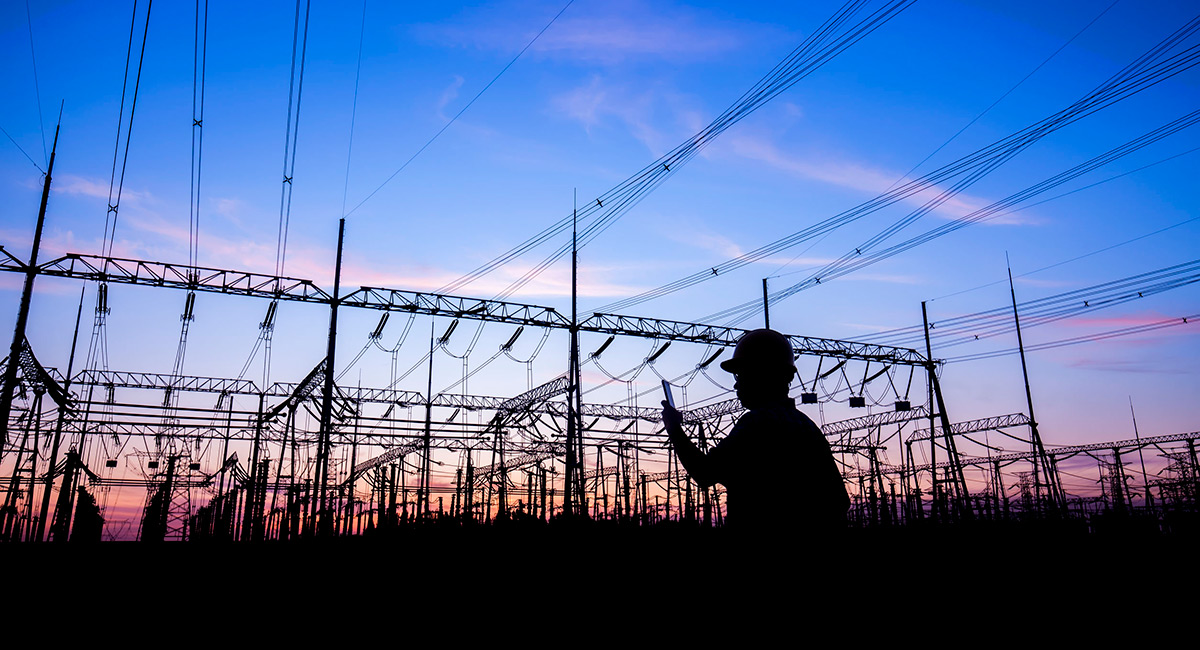President Joe Biden is taking “aggressive action,” the White House recently announced, to ensure that the United States achieves a “carbon pollution-free power sector” by 2035 and a “net-zero economy” just 15 years later.
On the other side of the pond, Boris Johnson, Britain’s prime minister, has pledged that the United Kingdom will reduce its carbon emissions by 68% in the next nine years, while the European Parliament has voted to reduce emissions by 60%.
In an ideal world, this would be great news. In the real world—one in which renewable energy is still way too inefficient and dependent on subsidies from governments already drowning in debt—such objectives are unrealistic.
Global debt was expected to reach an estimated $277 trillion, or some 365% of the globe’s entire gross domestic product (GDP), by the end of last year, the World Economic Forum has estimated. The U.S. fisc is equally out of whack. Data from the Federal Reserve Bank of St. Louis shows that U.S. debt has exceeded annual GDP every year since 2015, long before the multi-trillion-dollar COVID-19 “relief” packages were passed. From a financial perspective alone, therefore, the administration’s objectives invite skepticism.
They also invite skepticism from an energy perspective. Take the International Energy Agency (IEA), whose World Energy Outlook sets the objective of reducing carbon dioxide (CO2) emissions by 60% in 20 years.
To achieve that goal, the IEA aims for a 25% drop in energy demand. But according to a recent analysis by Goehring & Rozencwajg, an investment firm specializing in commodities, this is unlikely to happen. While energy demand has dropped by 10% over the last 20 years in wealthy, developed countries, the analysis found, it has increased by 65% in developing countries, which have been driving world economic growth in recent years.
The IEA also assumes that the concentration of CO2 per unit of energy will decline by half. This is also unlikely, since the developed countries that have been attempting to reduce emissions have achieved only about a 10% reduction. Even Germany, which gets nearly 40% of its electricity from renewables, has been unable to come close to this goal, achieving little better than the United States, where wind and solar account for less than 9% of generated power.
To achieve President Biden’s goal of carbon-free electricity by 2035, the United States would need to build a staggering number of new nuclear plants (a much cleaner source of fuel than hydrocarbons) or even greater numbers of new solar and wind power installations.
Without such increases, Reason magazine science correspondent Ronald Bailey has calculated that it would take some 50 years for renewables to replace existing fossil-fuel based sources of electric power—at a cost of additional trillions of dollars in federal spending.
The lesson here is not that we need to opt for pollution or renounce our clean-energy ideals, but that we also need to consider current financial realities, the added costs such a shift would entail and the very real technological constraints.
Human kind cannot bear very much reality, wrote T.S. Eliot in his “Four Quartets.” He might have been thinking of politicians and climate change.













